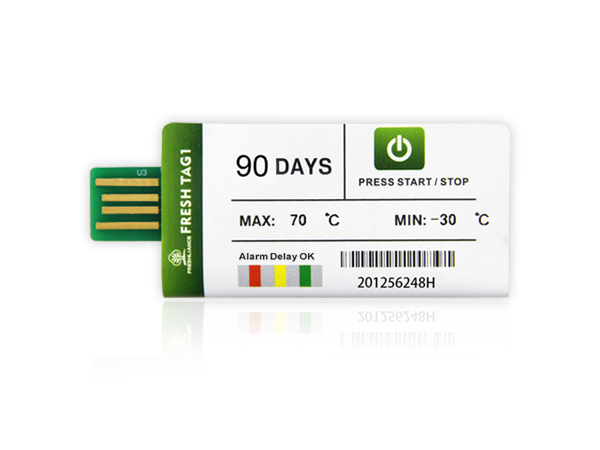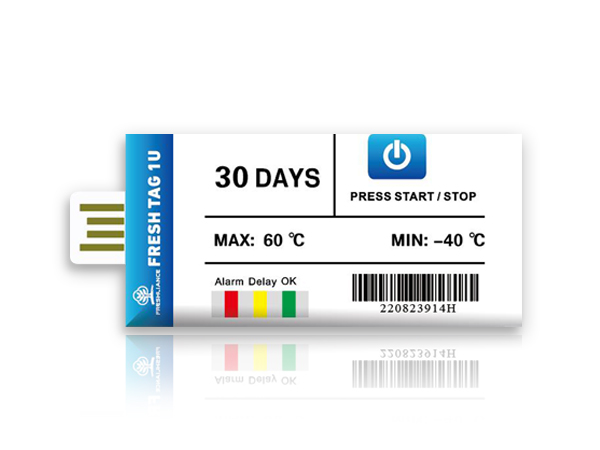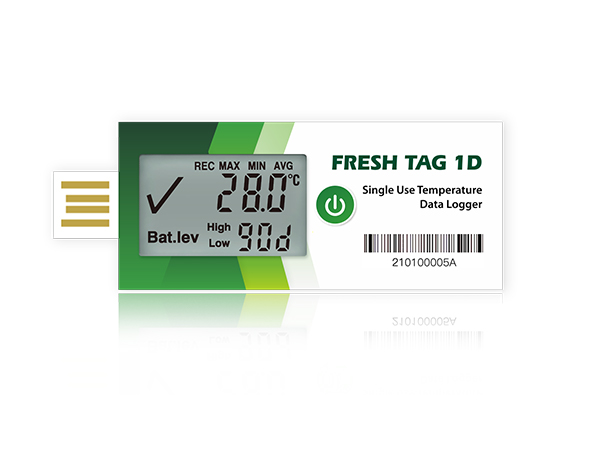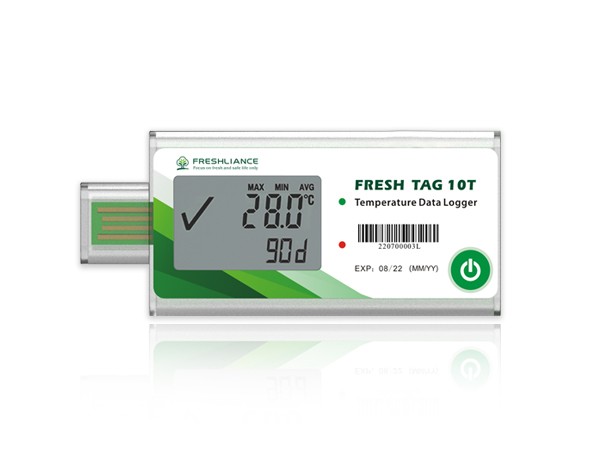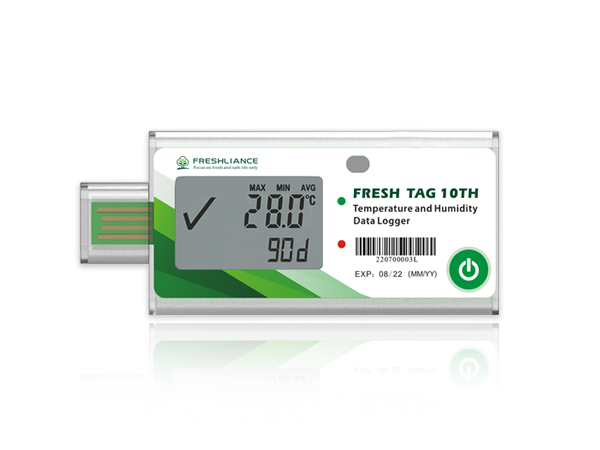Perennial originally from Europe, blueberry is a small shrub about 30 cm tall. Its fruits are fleshy, tart and slightly sweet. Blueberries have been eaten since prehistoric times, and today are cultivated in many countries around the world. The right time to harvest blueberries can best be determined on the basis of berry color, and possibly sugar and acidity. Berries are harvested when (almost) ripe, because quality declines rapidly after harvest. Berries destined for the fresh market must be harvested by hand, due to their fragility. Damage can quickly lead to mold growth. If the temperature of the blueberries at the time of harvest is very high, pre-cooling is necessary (cooling flow) to bring them up to optimum storage temperature as quickly as possible. This reduces water loss and extends shelf life. The temperature recorder plays a role in monitoring the temperature during pre-cooling.
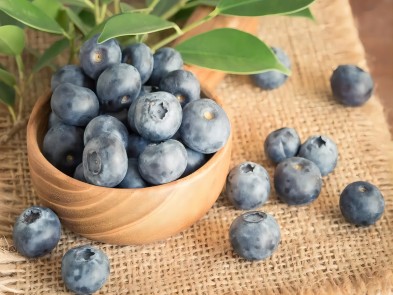
Blueberries can be stored for a relatively short period. The temperature should be around freezing and the relative humidity should be as high as possible, so as to be able to store them for as long as possible. Blueberries can be stored for around two weeks at -0.5ºC to 0ºC, with a relative humidity of 90-95% (pre-cooling is important!). The mixture of sweet and ripe berries, which is common at the end of the harvest, can be poorly stored. To reduce product loss, temperature monitoring is essential.
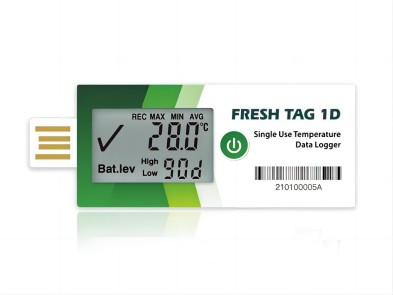
Fresh Tag 1D is a disposable PDF temperature data logger with LCD display function that makes it easy to view temperature data in real time. Its integrated PDF file generation function enables the logger to be connected to a PC to generate uneditable PDF data reports without additional software. This logger has the advantage of being less expensive, comfortable to consult and space-saving. The product is made from food-grade packaging materials. It is compact, lightweight, waterproof and widely used. It's an ideal choice for monitoring and recording temperature variations in fruit and vegetables, food, medicines, chemicals and other products.

 English
English Español
Español Русский
Русский Français
Français Deutsch
Deutsch عربي
عربي 中文
中文